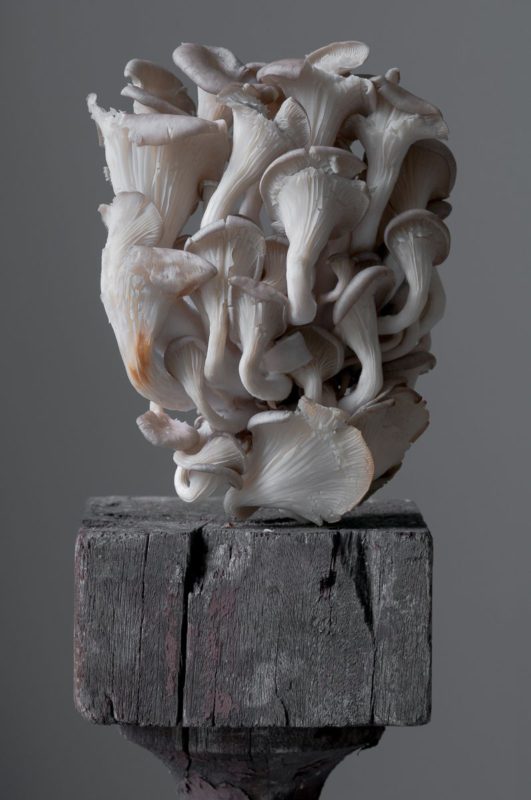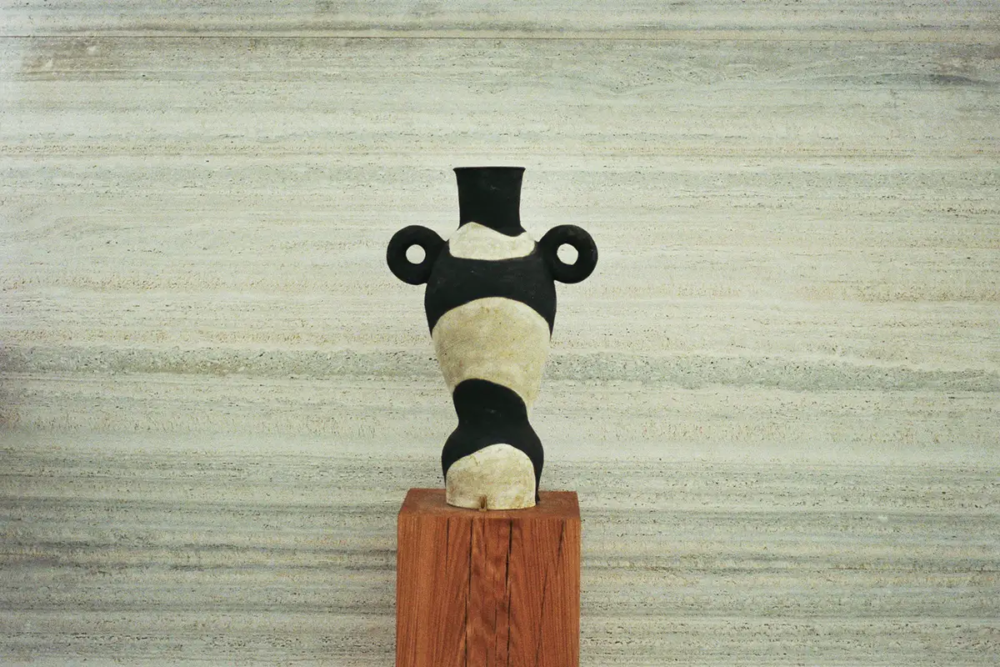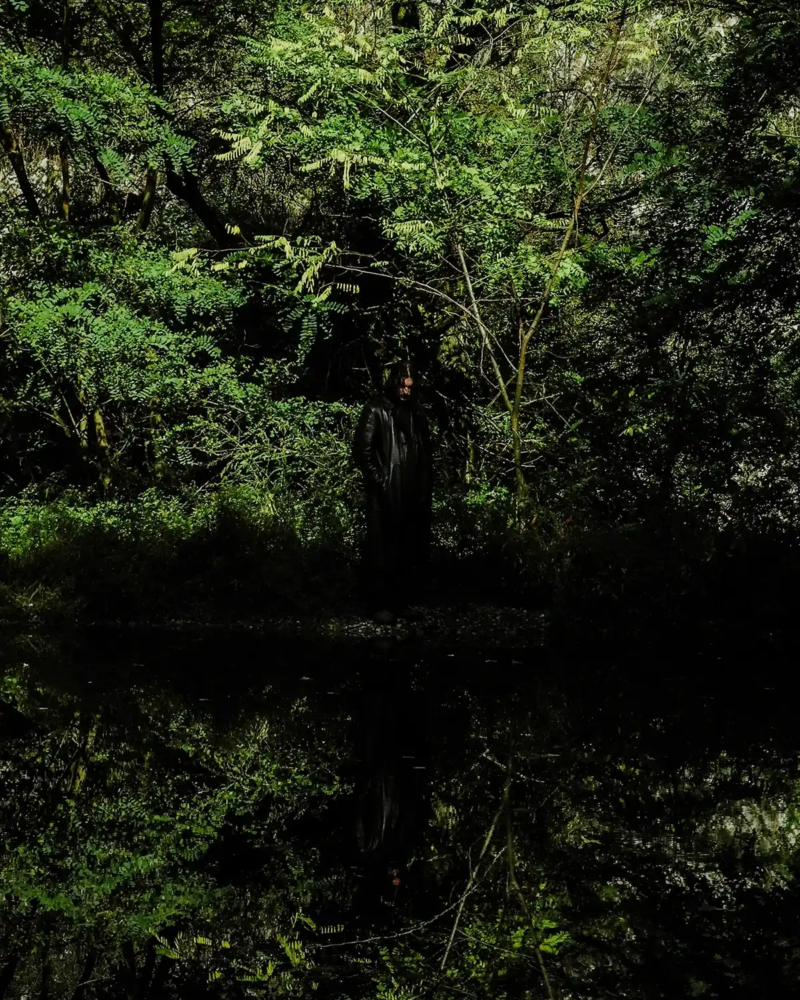
Archeologia Arborea: a green time capsule preserving almost-lost fruit varieties
Turning back time – Archeologia Arborea preserves the local rural knowledge and history by studying and organically farming local fruit varieties on the brink of extinction
The beginnings of Archeologia Arborea: a non-profit organization
The story of Archeologia Arborea, a non-profit organization saving local fruit varieties in danger, started forty years ago on the hills of Città di Castello, a small town in Umbria, central Italy.
On the border between Umbria and the neighboring regions of Marche e Tuscany, Livio Della Ragione, a rural culture researcher and founder of a folk museum, was working to save the tools and stories of local rural communities and culture. The plants farmed by these communities are part of this rural culture, and in time, Della Ragione’s work started focussing more and more on these plants, the vanishing heart of his area’s rural culture.
In search of disappearing plant varieties – Archeologia Arborea
Despite working at a time when talking of genetic erosion and biodiversity loss was scarce, Della Ragione was not working alone. His daughter Isabella Della Ragione, a child at the time, followed him around the countryside in search of disappearing plant varieties in what were exciting adventures in her young eyes.
«As archaeologists try to reconstruct the history of civilizations, communities, and people from pottery fragments, we try to retrace the stories of local rural communities and families through plant varieties because these plants were deeply connected to the lives of the people and communities that lived in these territories» Said Isabella Della Ragione.
Archeologia Arborea now – a rural time capsule in San Lorenzo di Lerchi
Isabella Della Ragione’s fascination with the local plants and rural culture hasn’t died down, and the agronomer is now the president of Archeologia Arborea. The fruits of her labor, thirty years spent researching and safeguarding local plant biodiversity, can be found growing in San Lorenzo di Lerchi, an old hermitage surrounded by the greenery of the Umbrian countryside and the headquarters of Archeologia Arborea.
In the Archeologia Arborea orchard in San Lorenzo di Lerchi, visitors can see 600 plants belonging to the plant species saved and reached by the organization: apple, pear, cherry, sour cherries, almonds, fig, medlar, plum trees. They have 150 varieties of these species, all originating from the surrounding areas in central Italy in Umbria, Marche, and Tuscany. Some of these local fruit tree varieties cannot be found anywhere else, and some can be traced back to Late Antiquity.
«Visiting our orchard is like traveling to the past. Unfortunately, many of our varieties can be found only in our orchard, as the mother plants used for grafting have since disappeared. The research I conducted for my Ph.D., which was focused on pears specifically, revealed that many of our pear varieties are potentially 1500 years old. I say potentially because a lack of sources prevents us from tracking them further back in history».
How thousands of years of farming have shaped nature – Landscape Heritage
In the 1991 animated movie, ‘Only Yesterday’ directed by Isao Takahata, farmer Toshio explains to the protagonist and lifelong city-dweller Taeko Okajima, visiting the countryside, how nature as we know it is the result of the ancient relationship between the land and the people who have worked it for generations.
«City people see the trees and the rivers and are grateful for ‘nature’. But all you see here is made by man». he tells her. «Every bit has its history, not just the fields and rice paddies; someone’s great-great-grandpa planted it, or cleared it, gathered firewood, or picked mushrooms there».
An area’s landscape heritage is part of its history, as it tells the story of its farming communities and the choices they had to make to try to thrive and support their families and communities. «The selection of the varieties is a long process and one that was always made by the farmers. If they saw a good plant that grew from a seed and wanted to farm it, they would start grafting. Grafting is the only way to preserve the characteristics of the variety, and it’s an ancient farming technique that can be traced back to Babylonia».
[envira-gallery id=”133103″]
Grafting to select varieties that had obtained favorable traits through naturally occurring mutations
«This means that in the past, because of the farmers, each area had its varieties. A farmer could have found an apple tree variety that keeps well during winter and decided to select it, as it was key to have trees that could withstand the winter months». Della Ragione explains. Grafting allowed farmers to select varieties that had obtained favorable traits through naturally occurring mutations and farm the fruit tree varieties that better suited their families’ needs or the market’s demands.
These days, the choices of farmers still shape the way rural areas look, but while in the past in Italy, people farmed thousands of pear varieties and each region and each village had its varieties, nowadays with five sole pear varieties making up eighty percent of the pears farmed in Italy, the rural history and plant biodiversity created by the farmers of the past is now in danger.
How did Archeologia Arborea find and save these local fruit varieties?
The process of finding and saving these disappearing fruit tree varieties from oblivion is complex and connected to the history of the area where Archeologia Arborea operates. Multiple sources are consulted, from written sources to living farmers to artworks, and finding the actual plants requires scouring the nooks and crannies of the central Italian country.
«The work we do is like an adventure. We can start from various sources like documents and books, where I can pick up information about the use of the fruits and the varieties, but the rural culture was oral. So, in the beginning, we would interview the farmers, the witnesses of this rural culture, and visit old monasteries, places with a history of cultural prevention that have big orchards and vegetable gardens. As years went by, we saw that these witnesses were disappearing themselves, so I started to look also to other sources of information».
Recognizing fruit varieties through Italian Renaissance paintings of Natura Morta
Isabella Della Ragione looks for these almost-lost local varieties in the archives and the works of Renaissance central Italian painters. Still life, the visual art genre portraying inanimate everyday objects such as fruit or flowers, which in Italian is called ‘Natura Morta’, saw a time of heightened popularity in the years of the Italian Renaissance.
«In the Renaissance period, the artists painted many fruits and varieties, and I could recognize the varieties the painters reproduced in their paintings. I could use this information because if a painter uses a specific variety as a subject, it means that in that period, the farmers cultivated it. The choice of a variety in that period was key because of the value those artists gave to symbolism, so I chose to use the art of that time as a source of information».
Archeologia Arborea and its connection to Central Italy’s rural history
In her decades-long career as an argonomer and the director of Archeologia Arborea, Isabella Della Ragione has researched and saved dozens of local fruit tree varieties. When Lampoon Magazine asks which one she looks back to more fondly, Isabella Della Ragione has an answer: the Pera Fiorentina variety.
«I did my Ph.D. on pears, and so I know this species very well, but there is one variety that is particularly special to me because I thought it had completely disappeared. I had read about this ‘Pera Fiorentina’ in old documents dating back to the sixteenth and seventeenth centuries, but I had never found it, so I thought it had disappeared». Della Ragione explains.
The story of the Pera Fiorentina variety
As she found herself in a mountainous area between the Regions of Umbria and Marche, where she had conducted a lot of fieldwork in the years, Isabella Della Ragione met with an old family friend who lived in the area, a former Partisan called Sergia.
«Once I went there and spoke with her, I asked her to tell me some stories about local pears, and then she mentioned the ‘Pera Fiorentina’». I asked her, «Sergia, why didn’t you say anything about it before?» and her answer was: «Well, you never asked for it». After that, I finally found this pear I was looking for; it was a massive plant hidden in an abandoned forest entirely covered by weeds».
After this discovery, Isabella Della Ragione kept on researching this variety. She discovered that the ‘Pera Fiorentina’ is a winter pear reserved in the past for special occasions. «This is my favorite pear because I didn’t know there were any living specimens, and it was a blessing to discover that that was the case».
Isabella Della Ragione
Agronomer and researcher from Umbra, Italy. The University of Perugia alumna is the president of Archeologia Arborea, and has been working in fruit biodiversity conservation since the 1980s.







